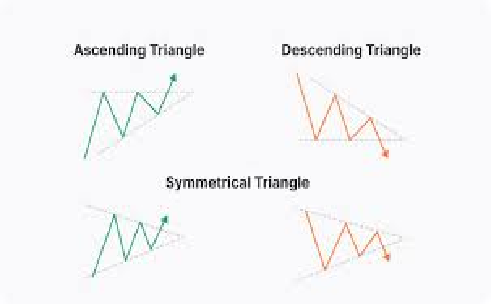PEM Electrolyzers: Transforming Water into Fuel with Precision
In the quest for sustainable energy sources, hydrogen has emerged as a promising contender. Its potential as a clean, efficient fuel is undeniable, but the challenge lies in its production. Enter Proton Exchange Membrane (PEM) electrolyzers, cutting-edge devices that efficiently convert water into hydrogen and oxygen, offering a pathway towards a greener future.
Understanding PEM Electrolysis
PEM electrolyzers operate on a simple yet ingenious principle: the electrolysis of water. Water molecules (H2O) are split into hydrogen (H2) and oxygen (O2) gases using an electrical current. What sets PEM electrolyzers apart is their utilization of a solid polymer electrolyte membrane, typically made of perfluorosulfonic acid, which conducts protons (H+) while blocking the passage of electrons.
Precision Engineering for Efficiency
One of the defining characteristics of PEM electrolyzers is their exceptional efficiency. This efficiency stems from the Electrochemical Process in PEM Electrolysis engineering of their components. The use of specialized catalysts, such as platinum nanoparticles, facilitates the electrochemical reactions at the electrode surfaces, reducing energy losses and enhancing overall performance. Additionally, the thin, proton-conducting membrane allows for rapid proton transport, minimizing internal resistance and maximizing conversion efficiency.
Flexibility and Scalability
PEM electrolyzers offer a high degree of flexibility and scalability, making them suitable for various applications, from small-scale residential use to large industrial installations. Their compact size and modular design enable easy integration into existing infrastructure, providing a versatile solution for decentralized hydrogen production. Moreover, PEM electrolyzers can quickly respond to fluctuations in demand, adjusting their output to match changing requirements, thus ensuring optimal operation and resource utilization.
Green Hydrogen Production
One of the most significant advantages of PEM electrolyzers is their ability to produce “green” hydrogen. Unlike traditional hydrogen production methods, which often rely on fossil fuels and emit greenhouse gases, PEM electrolysis generates hydrogen using renewable electricity from sources like solar or wind power. This process, known as electrolytic water splitting, produces hydrogen with zero carbon emissions, contributing to efforts to mitigate climate change and transition towards a more sustainable energy economy.
Applications in Energy Storage and Transportation
The versatility of PEM electrolyzers extends beyond hydrogen production. They also play a crucial role in energy storage and transportation. Excess renewable energy generated during periods of low demand can be used to power PEM electrolyzers, producing hydrogen for later use. This hydrogen can then be stored and utilized as a clean fuel for fuel cell vehicles or as a feedstock for industrial processes, providing a means to store renewable energy and reduce reliance on fossil fuels.
Challenges and Future Directions
While PEM electrolyzers offer tremendous potential, they are not without challenges. Cost remains a significant barrier to widespread adoption, primarily due to the high price of catalyst materials like platinum. Researchers are actively exploring alternative catalysts and manufacturing techniques to reduce costs and improve efficiency. Additionally, advancements in membrane technology and system design are continually enhancing the performance and reliability of PEM electrolyzers, paving the way for their broader deployment.
Looking ahead, the future of PEM electrolyzers appears promising. As renewable energy sources become increasingly abundant and affordable, the demand for efficient and sustainable hydrogen production technologies will continue to grow. With ongoing innovation and investment, PEM electrolyzers are poised to play a pivotal role in realizing a hydrogen-powered future, where clean energy is accessible to all.
Conclusion
PEM electrolyzers represent a crucial step towards unlocking the potential of hydrogen as a clean, sustainable fuel. Through precision engineering and innovative design, these devices enable the efficient conversion of water into hydrogen, offering a pathway towards a greener future. As advancements continue and costs decline, PEM electrolyzers have the potential to revolutionize the energy landscape, driving the transition towards a more sustainable and carbon-neutral economy.
Top of Form





